Megaton cabbage grew in the garden
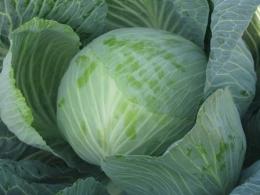
Cabbage in Russian gardens is a widespread and respected crop. Many varieties of this crop are grown on private farms. Some are more common, others less. The most common is white cabbage. It is represented by many early, middle, late varieties and hybrids. A worthy place is occupied by modern hybrid cabbage megaton, medium-late ripening.
Content:
Characteristics of cabbage hybrid Megaton
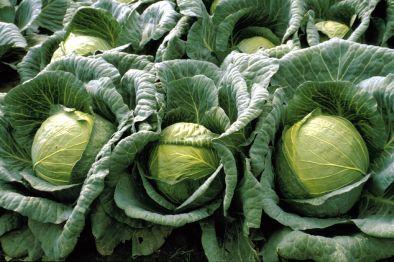
Hybrid white cabbage Medium-late ripening Megaton has proven itself well in almost all regions of Russia and the CIS countries. Despite the fact that the hybrid was obtained by Dutch breeders, it grows well in the climatic conditions of the middle zone and is superior in yield to the varieties traditional for these areas:
- Glory
- Amager
- Gribovskaya
The yield of the hybrid during industrial cultivation exceeds 950 c/ha, which is 20-25% higher than the yield of traditional varieties. Heads of cabbage reach commercial ripeness 100-110 days after planting the seedlings in the ground. If grown without seedlings, the crop ripens in 140-150 days.
Heads of cabbage Megaton are large in size. The average weight of a fork reaches 8 kg, and can exceed 15 kg. The heads of cabbage have a regular round shape, the cover leaves have a slight waxy coating, and are light green. The density of the forks is excellent.When cut, the cabbage is almost white in color, which makes sauerkraut very attractive.
Due to its fairly dense structure, the dry matter content in 100 grams of raw cabbage reaches 3%; megaton cabbage in pickled and canned form is crispy and tasty.
The high content of sugar (up to 5%) and vitamin C (up to 43 mg per 100 g) makes the variety an excellent raw material for fresh salads in the winter, since the excellent keeping quality of the heads allows the Megaton hybrid to be stored fresh until February.
Planting, caring and growing a hybrid
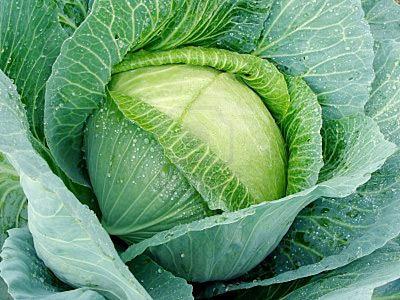
Growing cabbage Megaton on a personal plot is possible both in seedlings and without seedlings.
With the seedless method, seeds are sown directly into the ground, in a permanent place. The best time for sowing seeds is the first ten days of May. Seed the seeds to a depth of three centimeters. The top is mulched with humus, which will prevent it from drying out and forming a crust. It is important to maintain sufficiently good soil moisture before germination.
After the first three leaves appear on the seedlings, thin out and cull. Carry out the second thinning in the 6-leaf phase. The optimal distance between sprouts is from 50 cm to 70 cm.
If necessary, add to the beds cabbage seedlings. Immediately after the last thinning, the seedlings need to be fertilized with nitrogen fertilizers. Also around this time, the first weeding and loosening of the soil is carried out. To grow seedlings, seeds are sown in special boxes, in a greenhouse or greenhouse.
When growing seedlings in boxes, the soil layer should be at least 8 - 10 cm. The distance between plants in the bed is 5 cm, between rows is 6 cm.For convenience, you can insert cardboard or plywood partitions between the rows of seedlings. It’s not a bad idea to use special seedling cassettes with cells.
Sowing should be done at the end of March, beginning of April. It is advisable to place two seeds in each hole or cell. In the future, leave one plant at a time, the second can be planted in a separate glass. When two true leaves appear on the plants, the seedlings need to be fed. Why dissolve a teaspoon of complex fertilizer for seedlings in one liter of water.
Throughout the entire period, the seedlings are watered with water, previously settled at room temperature, as the soil dries. 7-8 days before planting in a permanent place, watering is reduced. At the same time, the seedlings are hardened off outdoors during the daytime in good weather conditions. When five to six leaves appear on the cabbage, it is planted in open ground. Two to three hours before planting, water the seedlings well.
It is important to observe the lighting regime for seedlings throughout the entire period. In poor lighting and dense plantings, it turns out weak and elongated. When growing megaton cabbage using seedlings, the heads of cabbage ripen 20-30 days earlier than when growing without seedlings. The variety is resistant to Fusarium rot and other diseases.
Megaton cabbage compares favorably with others late and mid-late varieties high taste qualities. It makes excellent salads, side dishes for meat and fish dishes, vegetable soups and borscht. To get a guaranteed harvest, it is better to purchase Megaton hybrid seeds at specialized retail outlets, including through online stores.
Tips for growing cabbage on video:
Interesting information about the vegetable garden

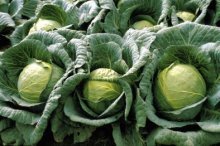
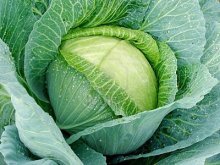
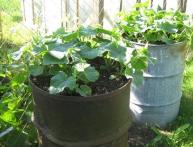

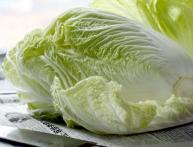

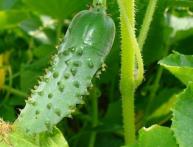
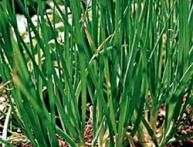
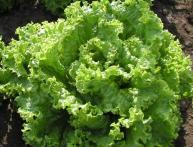
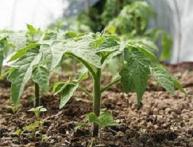
Comments
I respect this cultivated plant for its beneficial properties; every year we usually plant late varieties. After harvesting, we chop and pickle the cabbage. True, lately we have come across cabbage heads that have a bitter taste, we have to taste each cabbage head before salting, but why this happens and what it depends on is not clear, whether radiation is affecting it, this has never happened before.
The article is written sensibly, the information is useful and, most importantly, nothing superfluous.
As a gardener, I am an inexperienced person, so I will definitely return to this article.
This is the second year I've been trying to plant a small amount of cabbage for personal use, but something stupid always happens.
You write that the time for planting is “the first ten days of May.” Please specify what the minimum soil temperature should be. Or does it, in this case, not matter?
Perhaps someone else can explain whether constant fogs can affect cabbage?
And also, what poisons (or preferably natural remedies) can be used to combat very small insects that eat cabbage leaves during the growth period?
I will answer any clarifying questions if there are any.